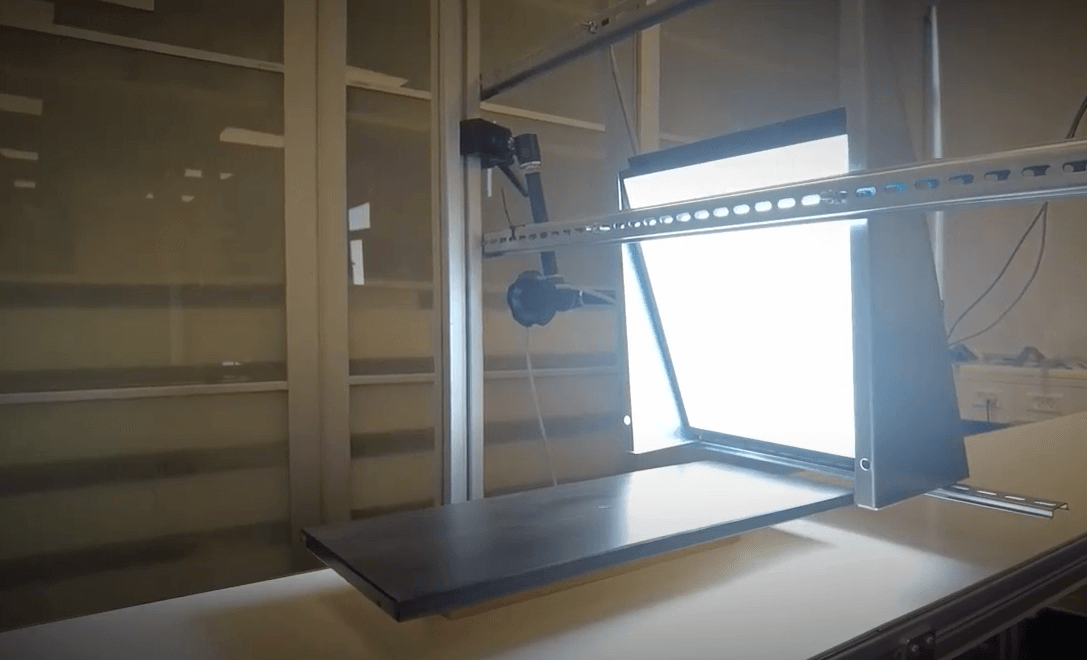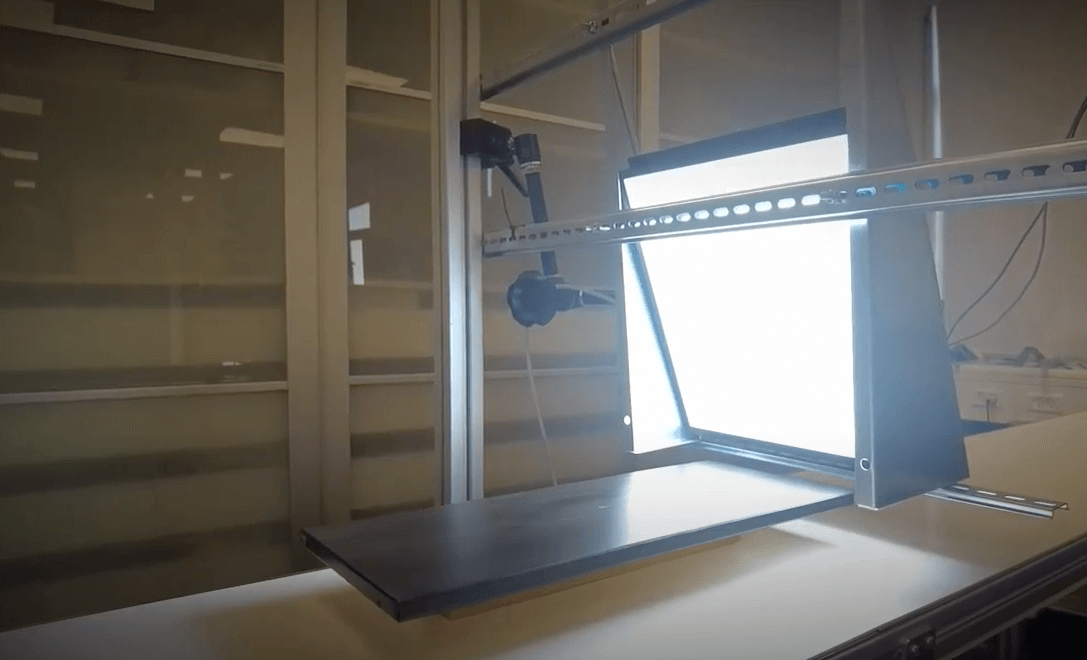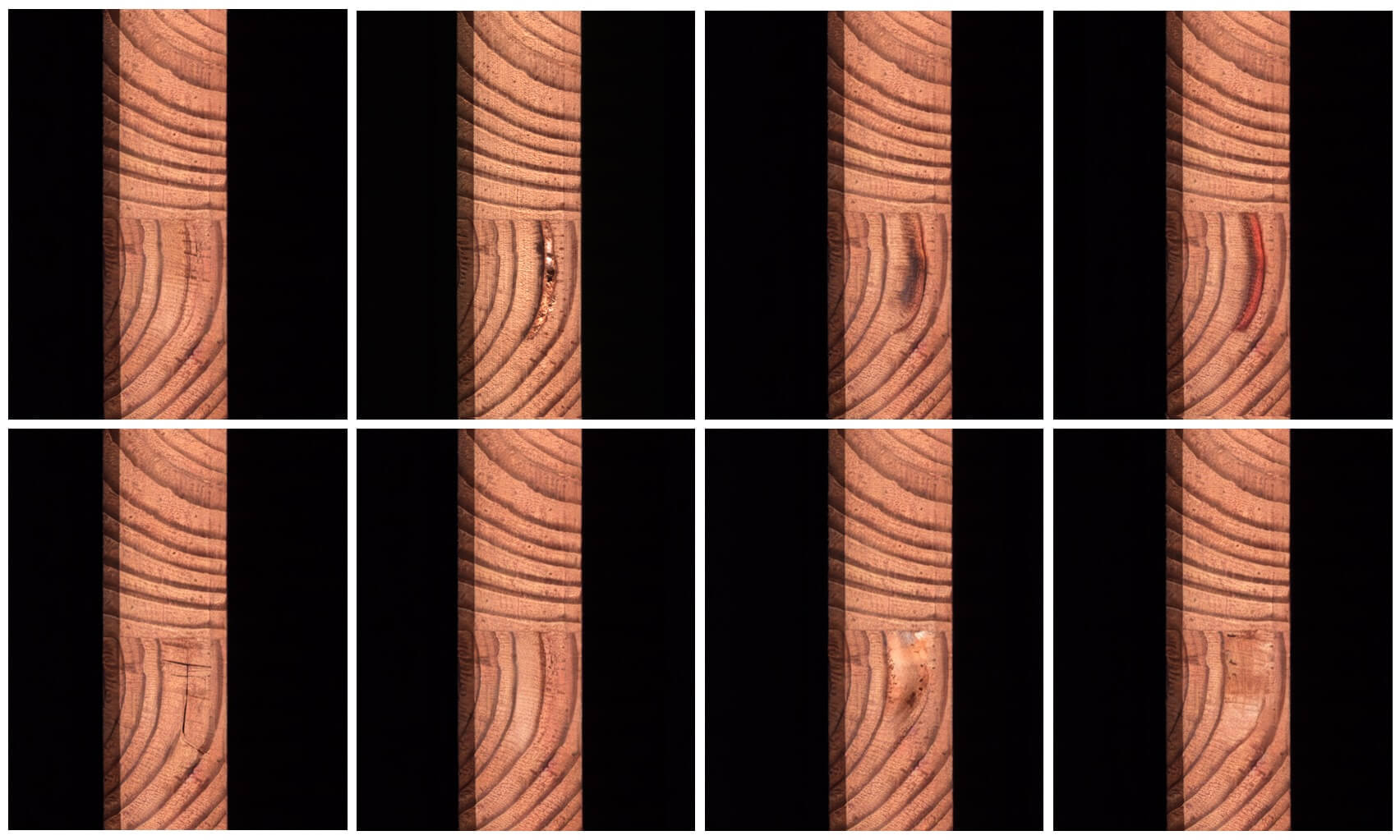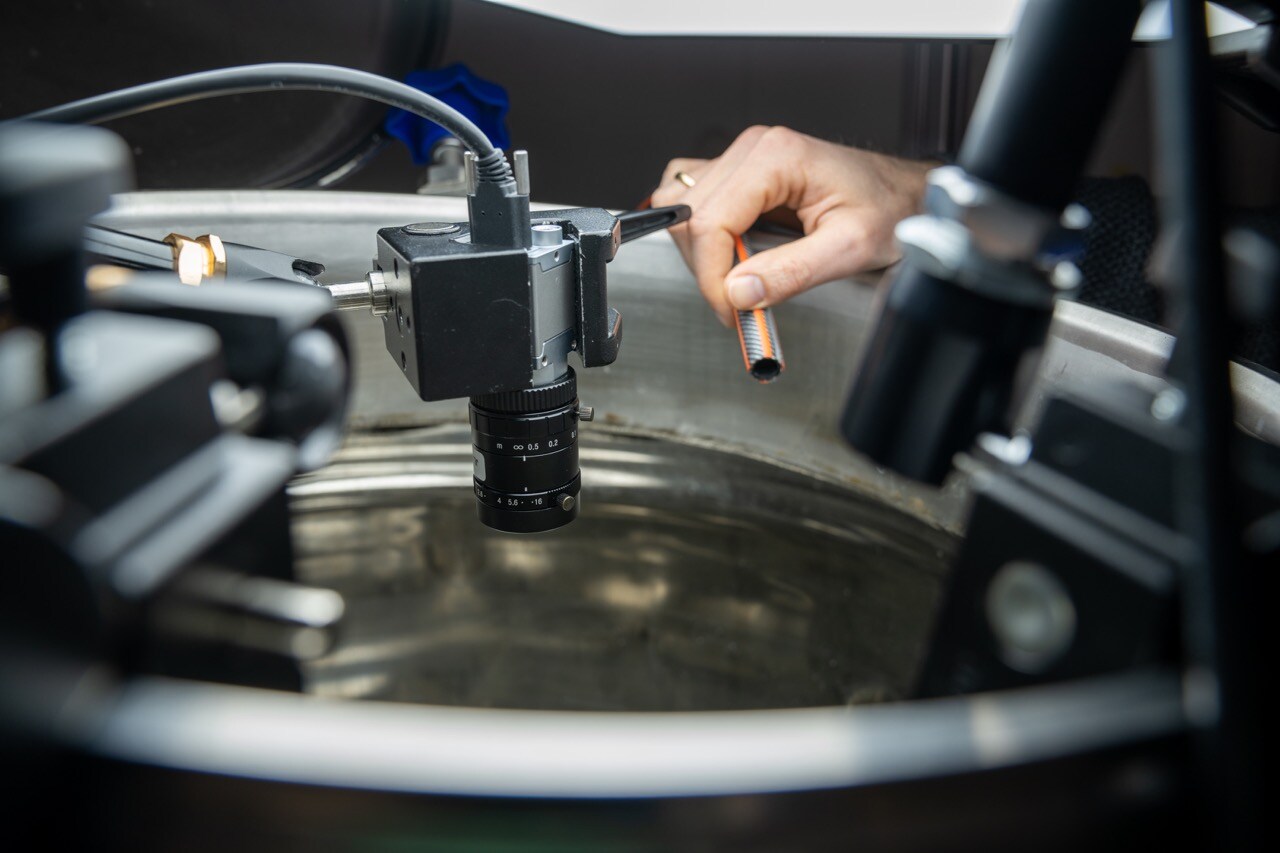
One of the common issues, we run into at JLI vision is the challenge of inspecting large items on a production line with limited space for an automated inspection system.
As production lines become more complex, automated quality control has become a critical aspect of modern manufacturing, but space limitations can pose significant challenges, particularly when it comes to detecting small defects on large objects. For this, we often turn to line scan cameras.
The Advantages of Line Scan Cameras
Line scan cameras capture images one line at a time, rather than capturing an entire image at once. Afterward, computer vision software stitches all the lines together to create the full image.
This means the camera only needs a narrow field of view to inspect the item that passes through and will take up very limited space. Often the camera will hang right above the conveyor and can be added to a production line without changing it.
This allows us to use line scan cameras in production environments that would otherwise be too small for traditional cameras. Line scan cameras can scan up to 4800 lines per second, which allows them to capture high-resolution images even when objects are moving quickly.
Using Computer Vision and Machine Learning for Defect Detection
To detect defects on large objects, we often use a combination of computer vision and machine learning. The camera captures high-resolution images, which are then analyzed using computer vision algorithms. Machine learning is used to teach the system what constitutes a defect, and this information is then used to identify defects in future images.
Challenges with Line Scan Camera Systems
Although line scan cameras are an excellent solution for machine vision in production lines with limited space, they do come with some challenges. For example, the camera must be angled correctly and capture the appropriate number of lines to ensure that the image is of sufficient quality. Additionally, the camera's lighting must be adjusted to account for different surface colors and textures.
Let’s take the challenge of inspecting an item with a variation in thickness. To overcome this, we often use actuators. An actuator will allow the camera to move and adjust to different thicknesses and angles automatically. This ensures that the camera is always in the right position to capture high-quality images.
Another challenge with line scan cameras is adjusting the lighting to account for different surface colors and textures. For example, a white surface may require less brightness than a dark surface to capture the same level of detail. We will then account for this with pre-defined settings that adjust the lighting to ensure that the camera captures the necessary details.
Machine vision in production lines with limited space can be a challenging task. However, by using line scan cameras, we are often able to overcome these challenges and ensure an automated and efficient inspection.
Learn more about using line can cameras in this episode of our video series, The Vision Lab:



